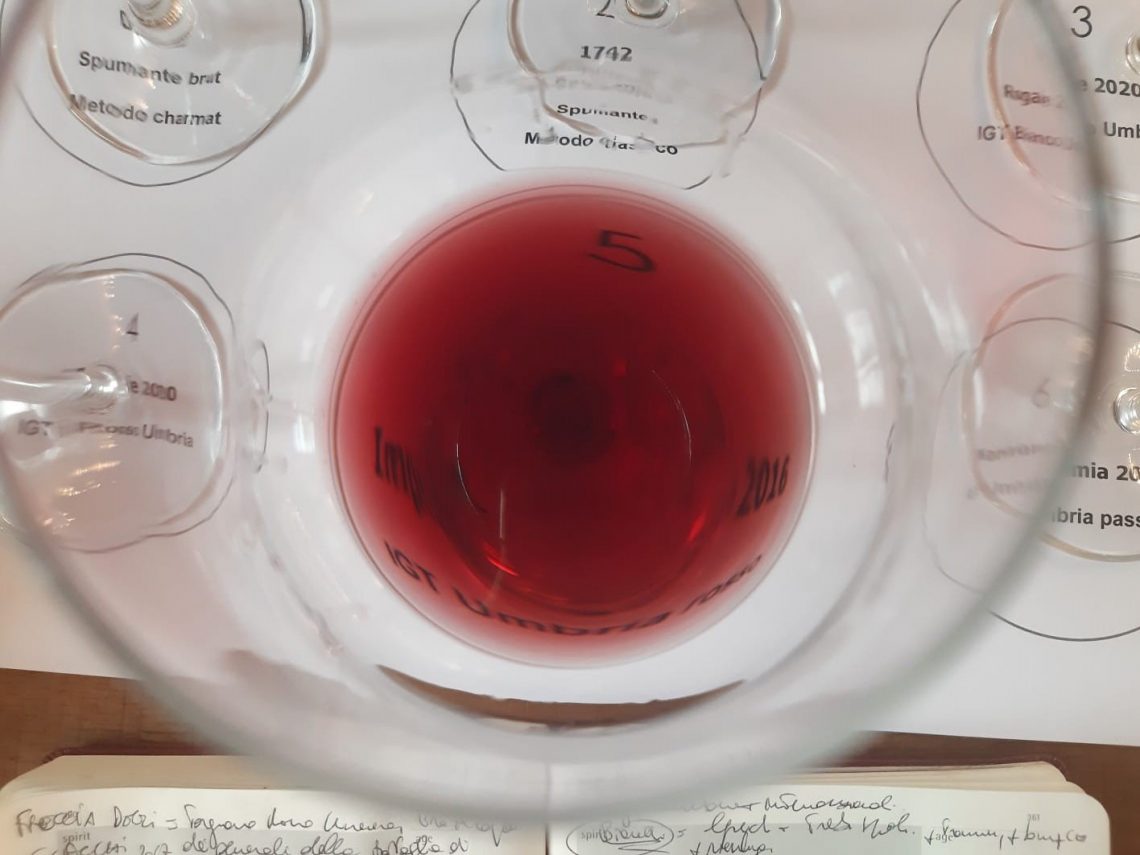The Wolf Post, supported by a Cultural Association, offers a professional service with free access, without subscription.
For this reason, a donation would also be a sign of appreciation for our work.
The cellar is the beating heart of the company where the manual skills of the operators and the knowledge of the winemaker merge. Of course, today, technology is an indispensable element which, however, according to some, has taken poetry away from a work that is lost in the mists of time.
We ask the oenologist Maurilio Chioccia for his opinion on the matter.
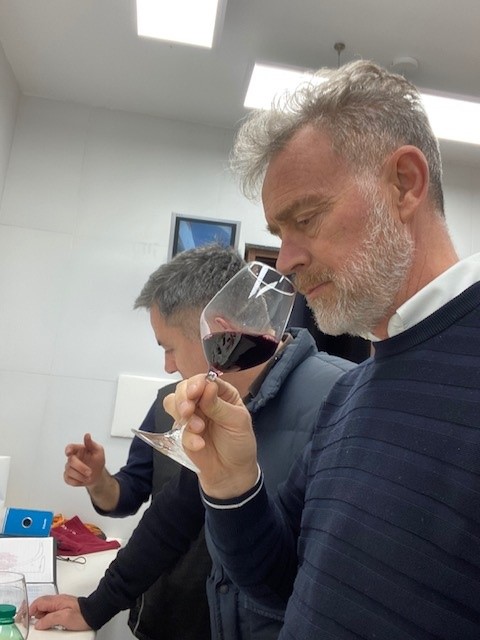
© Maurilio Chioccia Enologo
What is your opinion on the statement: “Wine is no longer made in the vineyard, but only in the cellar”? A cliché sentence or does it hide a grain of truth?
I think both are true. In the wineries, which produce high-level quality, it is indisputable that we must start from the vineyard, implementing all the agronomic practices known today and, every year, thanks to the competent agronomists that the companies have, they are increasingly enriched with experience and knowledge, linked not least to the climate change that we have undergone in recent years. Therefore, vines, territory, climate, human hand and oenological objective must be combined in the smallest details. The work of the vineyard must be translated into the cellar, having as the goal high quality wines. Therefore, a straight line, in harmony with the vineyard and with the cellar operations which are the classic, traditional ones. Wine is made in the cellar, when faced with large productions, it is not possible to ask for the maximum from the vineyard for a series of factors, which would be difficult to obtain, for a series of reasons and costs must also be managed, an absolutely important chapter. Therefore, while complying with good agronomic practices, it is not always possible to get the most out of the vine. So, arriving in the cellar, if equipped with good technology, it is certainly possible to make up for small deficiencies and, of course, also to be able to obtain wines of excellent quality but, allow the term, technical wines, where a good winemaker capable, therefore, of obtain products in line with consumer needs.
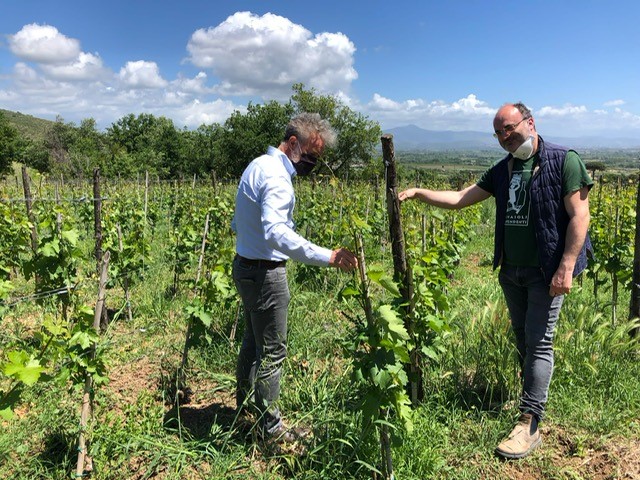
© Maurilio Chioccia Enologo
How much has technology in the cellar improved and how depersonalized the work of the winemaker?
As reiterated, it depends on the size of the masses to be worked, the extension of the vineyards, the differentiation of the harvest, so having technology available to obtain quality wines is important. In the face of large masses it becomes important and, certainly, the winemaker as well as knowing how to use it is very happy with it as a work tool. However, the fact remains that, however, also in this case, grapes of good quality must come from the vineyard. In this case, we work more on technical ripening while, in the case of giving priority to the vineyard, we work on phenolic ripening, expressed to the maximum and which, therefore, being the grapes held more on the vine, are also subject to greater risks, often given by climatic events. On red grapes it is crucial.
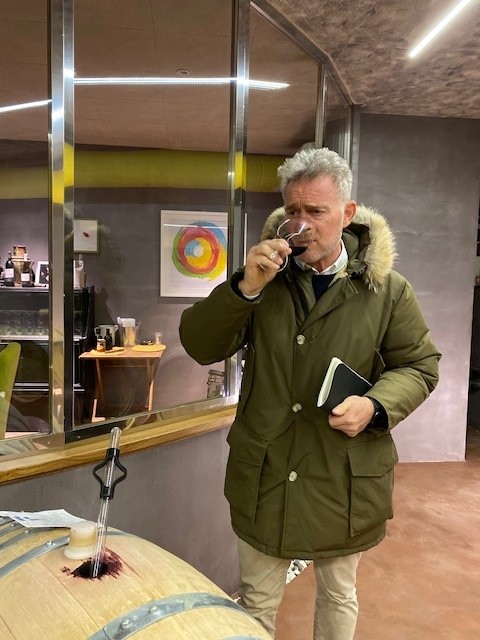
© Maurilio Chioccia Enologo
According to your experience, which technological tool today is impossible to give up?
Technology should not be demonized, also because mid-range wines, therefore also accessible to the large mass of consumers, are often the result of companies that with technology are also able to contain production costs and be more competitive with everyday wines. Today, unfortunately, for companies there is a continuous search to cut costs to be more competitive on the market and, at the same time, to have more profits, a chapter that is always difficult to achieve, so the technology, even if expensive, but supported by numbers, from this point of view it is a valid help. Often, it reduces processing times, avoids major processing scraps, makes it possible to have leaner warehouses and to meet the demands of large numbers more quickly. I do not go into the particularity of the technologies available today because it is a complex thing and, often, it is difficult to explain for ordinary consumers. Just a hint, for a tartaric stability of a wine, made with static refrigeration, it takes ten days, electricity consumption and significant final scraps while, technologically, continuous refrigeration is carried out in a few moments and with low scraps. I would summarize that technology is indispensable for large companies that produce quantity and in any case of quality. As for the smaller wineries that aspire to peaks of excellence with their wines, I believe that the availability of conducting fermentations at a controlled temperature is the priority element, then also the incoming technology, therefore crusher-destemmers, presses, etc. etc. of new generation, give more reason to the quality obtained in the vineyard. Because strong friction, oxygenation, generally mistreating the excellent raw material can be very penalizing. Then, I do not exclude the positivity of hand harvesting compared to that made with grape harvesters. Always to be relegated to the masses to work.
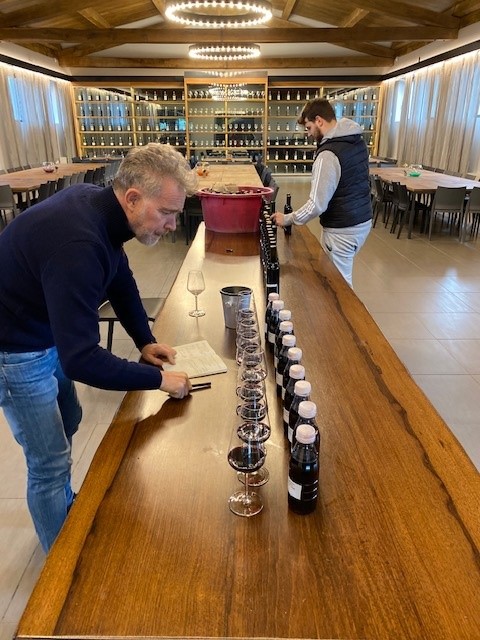
© Maurilio Chioccia Enologo
What are the main criticalities of a winery and what is your modus operandi to solve them?
The criticalities of a winery are many and often trivial. I believe that hygiene is the priority thing and I assure you that, often, in many wineries they are a bit of the primary problem, even if not visible to the naked eye, but it is so special that it must be pursued with precise and ritual plans. A famous winemaker, Tachis, whom I had the opportunity to attend a few times but of great use, once told me that hygiene in the cellar guarantees over 50% of quality and, over time, I was able to verify, personally, that they were Holy words. Therefore, barrels, vats, tanks, machines, pipes must always be sanitized in a maniacal way both after use and before use. It is clear that the storage temperature of the wines in the cellar is equally important, so there are wineries that enjoy optimal temperatures, in a normal way because perhaps they are partly built underground, otherwise it is normal that they must be suitably conditioned. The evolution of the same wine kept at an optimal temperature compared to one above 15 ° / 18 ° C is certainly very different. The one kept at a higher temperature is more evolved and therefore with a shorter life. This is true both for wines still in vats and for those bottled. Not complying with the right temperatures can reserve some nasty surprises.

© Maurilio Chioccia Enologo
In your imagination, how should your ideal cellar be structured? Did you manage to find it in any company?
The ideal cellar is the one where you can work well, both as spaces and as a convenience for the various stages of processing, with the right capacities that allows you to work the grapes in an optimal way, being able to divide as many particles as possible always leads to obtaining the best results, both in small and large cellars. In both types of cellars, I always try to have capacities available that allow me to work the different batches as accurately as possible. Then, at the end of fermentation, to create the best blend or even assembly of the same variety, but harvested at different times and vinified in a more targeted way, avoiding the standardization, which standardizes. I have rarely found the ideal in the cellars where I work, but I was concerned, right from the start, with having them adapted by the owner, explaining the reasons. In those in which I participated in the initial design, I tried to make as few mistakes as possible.


